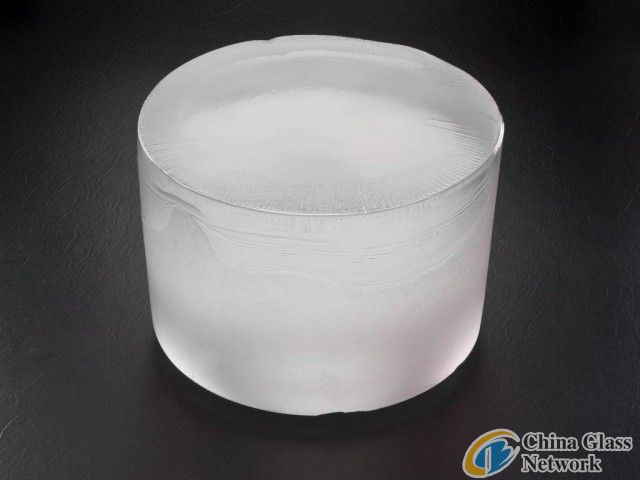Post Time:Mar 21,2013Classify:Glass QuotationView:538
Sapphire, the hardest natural substance after diamond, might soon be used to make smartphone screens. Sheets of sapphire glass are already used by the military to create transparent armor, but if a bunch of sapphire-synthesizing startups have their way, sapphire glass will soon be cheap enough for use in a wide range of consumer products, such as smartphones, tablets, and other ruggedized devices.

Sapphire is a transparent, crystalline form of aluminium oxide (alumina) that is extraordinarily hard, scratch-resistant, a melting point of 2,030C, and almost completely impermeable and impervious to caustic chemicals. In short, sapphire is a slightly weaker but far cheaper and more abundant version of diamond. In terms of real-world use, sapphire is about 10 times more scratch resistant than normal window glass, and much stronger than any other materials used in optics applications. It is this ruggedness that has led sapphire glass to be used in applications where normal glass just doesn’t cut it, such as bullet-proof glass, watches, and the front window on barcode scanners.
Most importantly, though, synthetic sapphire is relatively easy to make, though the exact processes used are usually proprietary. In general, it simply involves the melting of large amounts of aluminium oxide in a special furnace, and then letting it slowly cool to create a single crystal of flawless sapphire. Straight-up aluminium oxide creates a transparent crystal of sapphire, but if you want to create a specific gemstone, trace minerals are added — titanium and iron create the stereotypical blue sapphire, while chromium turns it into a ruby. Then, when you have a big crystal (pictured above), a diamond saw is used to slice it into sheets of glass.
At around three times the strength and scratch resistance of Corning’s Gorilla Glass, sapphire glass would make an almost perfect smartphone screen. There’s one caveat: according to a market analyst, a sheet of Gorilla Glass costs around $3, while the same piece of sapphire glass would cost $30. Thanks to increasing competition, though, the cost of sapphire glass is dropping. It wouldn’t be surprising to see a high-end smartphone (such as the iPhone) use a sapphire screen in the next few years. It’s worth noting that the iPhone 5 already uses sapphire glass to protect the rear camera lens, so Apple is certainly aware of sapphire’s potential.

Another option is to create very thin sheets of sapphire, which are then laminated onto a cheaper material. According to Technology Review, GT Advanced Technologies is going down this route. By acquiring Twin Creeks’ ion cannon technology, which creates very thin sheets of silicon from a large crystal of silicon for use in solar cells, GT hopes to produce sheets of sapphire that are thinner than a human hair. In the video above, you can see an iPhone that’s been retrofitted with a sheet of GT’s sapphire glass — its performance really is quite impressive.
Other companies in the US, Russia, and South Korea are also working on reducing the cost of sapphire glass, all with their own proprietary methods. Reaching viability won’t be easy, though: Corning isn’t going to simply sit still. Either way, with our growing reliance on mobile devices, it’s comforting to know that there are developments in the pipeline that will soon make cracked screens a thing of the past.
Source: http://www.extremetech.com/computing/151146-your-nAuthor: shangyi